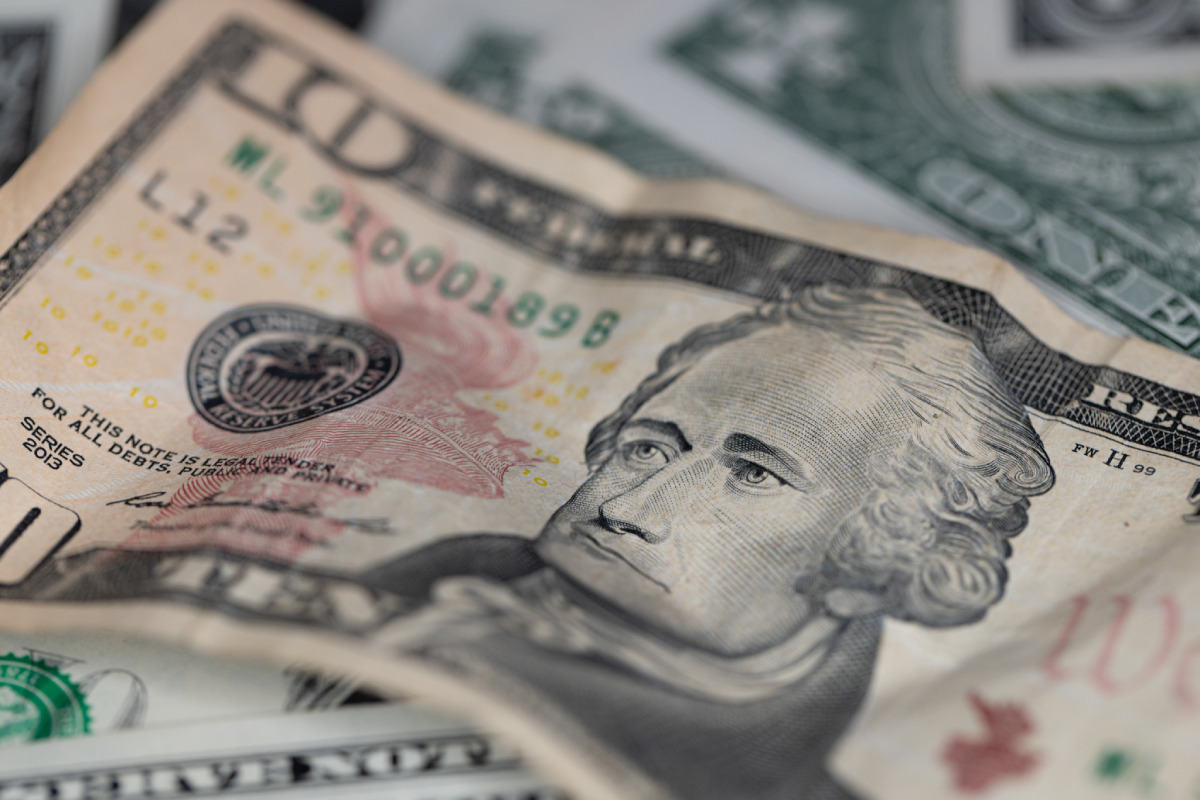
Fresh off its worst six-month stretch in more than five decades, the U.S. dollar is teetering on the edge of a major technical breakdown that has defined its trading patterns since the aftermath of the global financial crisis.
The U.S. Dollar Index (DXY), which tracks the greenback against a basket of six major currencies, is testing — and may be breaking — a 14-year ascending support line.
That trendline, respected since 2011, has long served as a launchpad for multi-year periods of dollar strength.
A confirmed move below support would mark a structural shift in currency markets, calling into question the dollar’s long-term trajectory. In technical analysis, the breakdown of a multi-year support line often signals the beginning of a new cycle, typically in the opposite direction.
“U.S. dollar now testing 14-year support,” financial resource Barchart warned. “It’s now or never,” the data provider said, referring to the need for the greenback to rebound from current levels.
That make-or-break level for the DXY sits near 96.60 — a threshold the index continues to flirt with today. The gauge has already shed nearly 11% since the start of the year.
“This move has profound implications,” wrote macro analyst Otavio Costa. If the breakdown is confirmed, “it could signal the start of a sustained downward trend in the U.S. dollar.”
“The US dollar typically moves in long, multi-decade cycles, and this could very well be the start of a new one — likely to the downside, in my opinion,” he added.
Greenback remains under pressure
The U.S. dollar is buckling under a confluence of headwinds, from widening fiscal imbalances and resurgent inflation to tariffs weighing on growth and concerns over President Trump’s interference with the Federal Reserve.
Those pressures have driven the DXY to its lowest level since early 2022, when the Fed’s unprecedented money-printing efforts sought to cushion the blow of Covid lockdowns.
Analysts say the administration’s ad hoc policymaking has further undermined confidence in the greenback.
“The trigger for the move may have been uncertainties over the policy outlook, on trade in particular, but the erratic nature of policy formation as well,” Derek Halpenny, managing director and head of research at MUFG Bank, told S&P Global.
Elias Haddad, global macro strategist at Brown Brothers Harriman, echoed those concerns, pointing to U.S. trade and fiscal policies, as well as “political meddling with the Fed’s independence,” as key drivers of the dollar’s weakness.
The dollar has been particularly weak against the euro, Swiss franc, and Japanese yen this year.
Your email address will not be published. Required fields are markedmarked